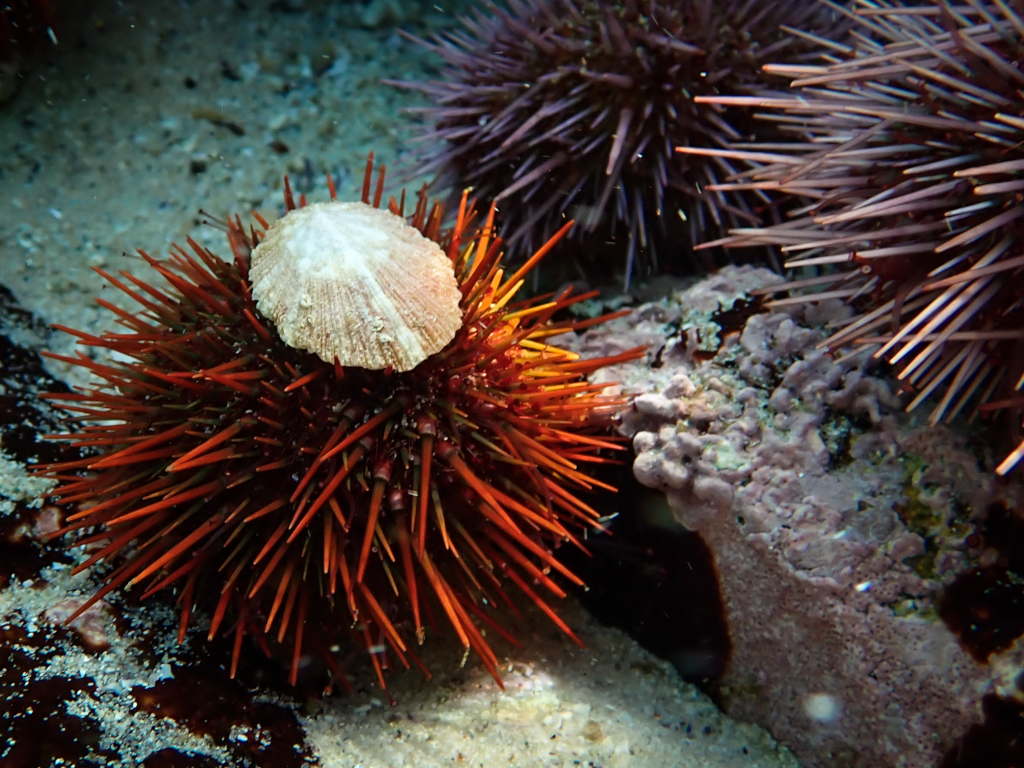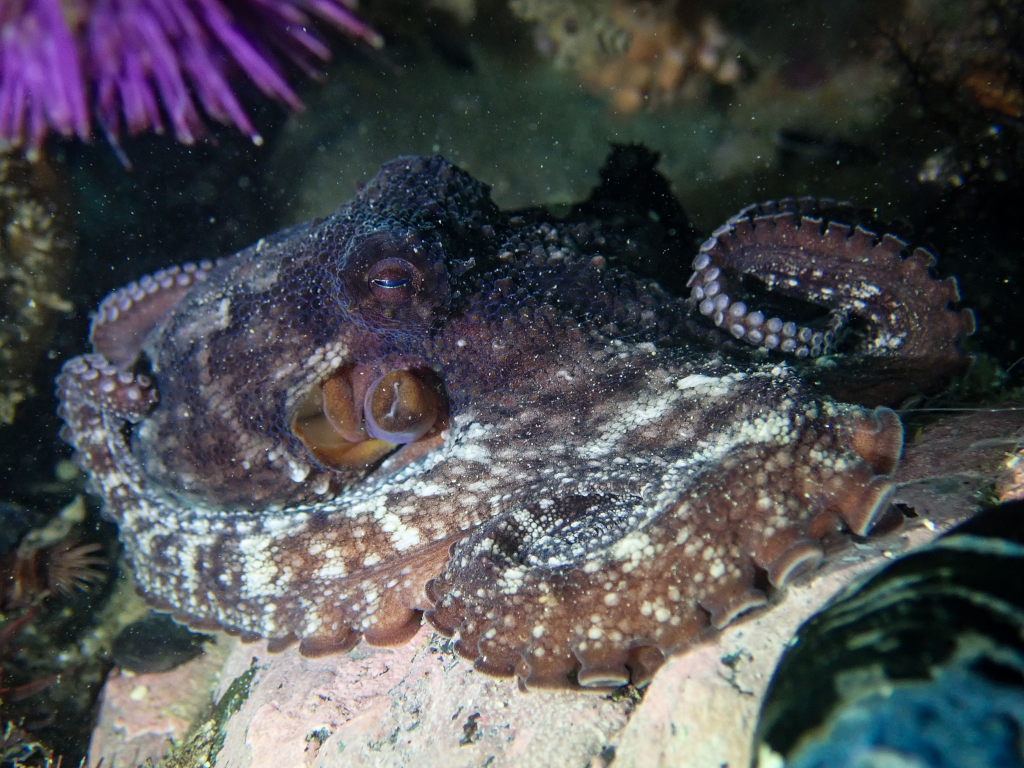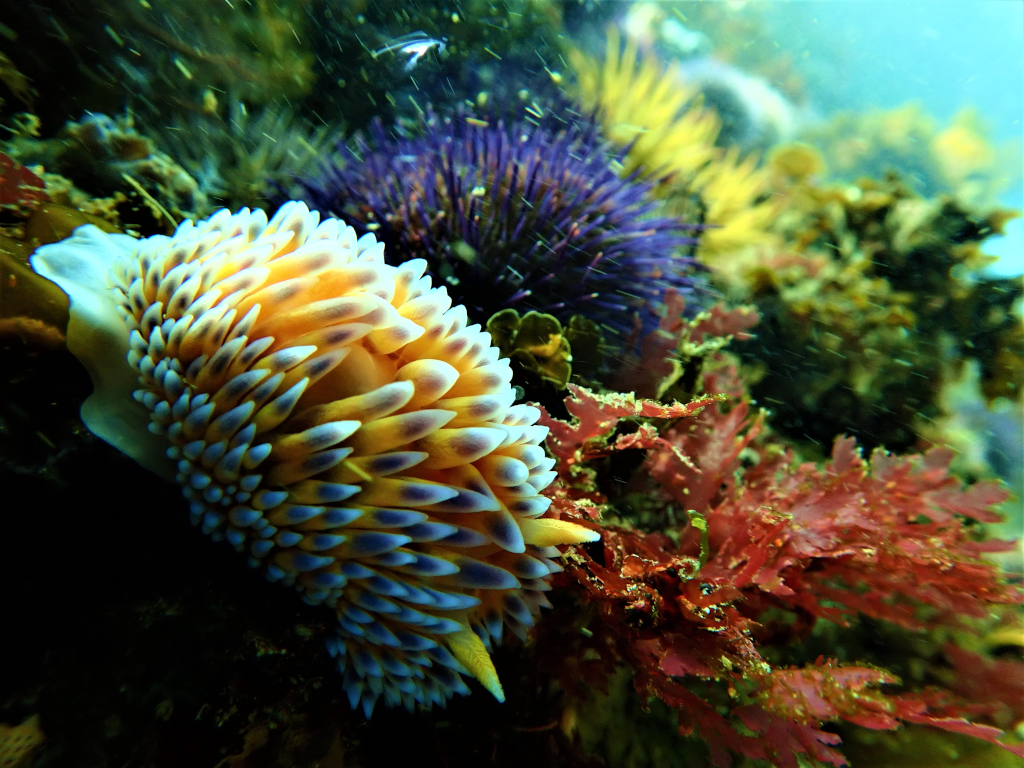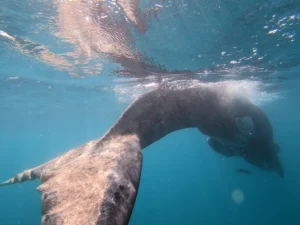When the topic of snorkeling comes up, most people fondly reference their tropical holiday snorkeling experience or think of videos and pictures they have seen of people in swimsuits, masks and snorkels drifting over a tropical reef. The key components of this idylic image are sun, warm, blue water, colourful coral and inquisitive, brightly coloured fish. Places like the Caribbean, Indonesia, Thailand and the Great Barrier Reef spring to mind, but rarely does anyone think of Cape Town as a snorkeling destination. Equally, Cape Town doesn’t exactly jump to the top of the list when thinking of forests. Sure, there are some small forested areas like Newlands, but this is definitely not impressive enough to make it onto the front of a Cape Town Tourism brochure unlike Kirstenbosch Gardens and the amazing Fynbos ecosystems all around Cape Town.
So it comes as a bit of a surprise to most visitors to Cape Town, and sometimes locals too, that one of the ultimate things to do around this amazing city is to snorkel and to do it in our magical sea forest! The Great African Sea Forest is a +1000km stretch of highly biodiverse kelp forest which stretches along the south western coast of Africa from Cape Town up to Namibia. Sea bamboo (Ecklonia maxima) and split-fan kelp (Laminaria pallida) which are not plants but actually types of algae, make up the bulk of the Great African Sea Forest along with 30 other species formed from either red, brown or green algae.

Much like their terrestrial counterparts, kelp forests are home to thousands of species and absorb large quantities of CO2 which helps reduce ocean acidification. In fact, kelp forests are as good at trapping CO2 as tropical rain forests. They absorb much of the energy in ocean swells thereby protecting the coastal areas in which they are found from erosion and storms. Our Great African Sea Forest is in fact so special that Bloomberg voted it as one of the 7 New Wonders of the World.

Snorkeling Cape Town’s stretch of the Great African Sea Forest will provide you with the opportunity to see common marine species like seastars, brittlestars, sea urchins, sea cucumber, anemones and crabs. There is also a good chance that you will see cute octopus, abalone, nudibranchs, jellyfish, seals and short-tailed stingray. Fish are plentiful especially in marine protected areas with sightings of bream fish including Red Roman, Hottentot (Bronze Bream), John Brown (Jan Bruin) being common along with other fish species like Gully Sharks, Shy Sharks, Pajama Sharks, Mullet and Strepies (Sarpa Selpa).

There are plenty of sheltered little bays around the Cape Peninsula which are perfect for snorkeling. The water is cold so a good wetsuit, neoprene gloves and socks are essential for an enjoyable experience. A good 5mm wetsuit will not only provide warmth, but also buoyancy so a life jacket is not required. There are a number of snorkeling operators with experienced guides, some who specialise in particular species like seals, to choose from in Cape Town. As freediving professionals, we like to think of ourselves as the ultimate snorkeling guides. If you would like to experience the Great African Sea Forest for yourself then please get in touch.



